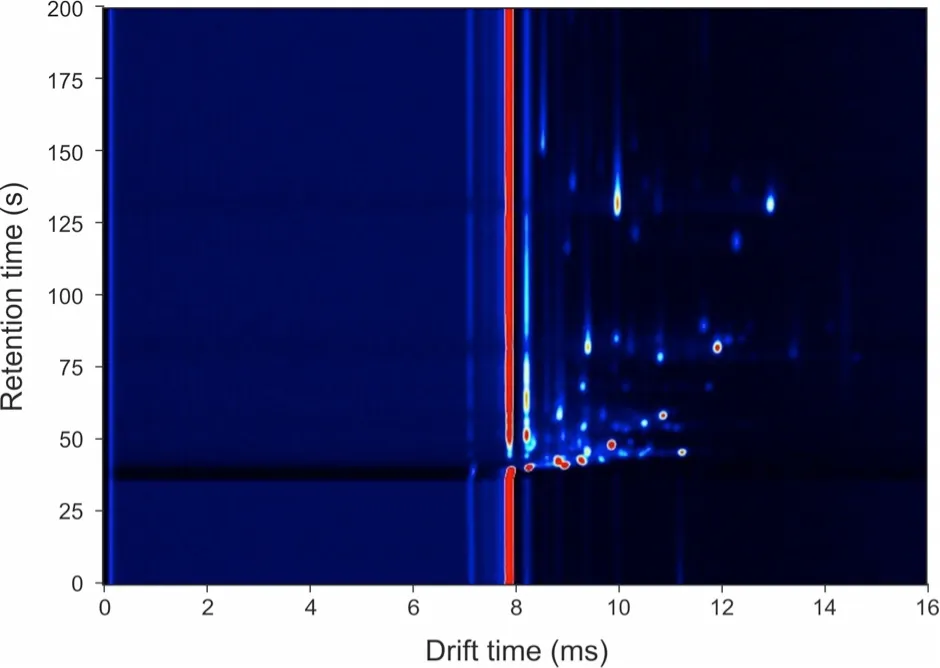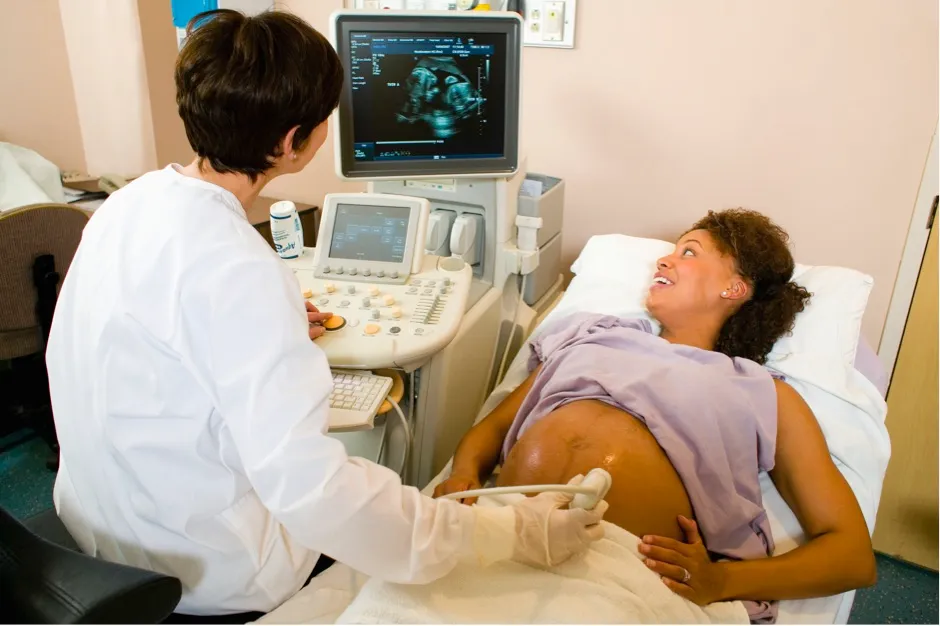Machine learning has been used to develop a pioneering test which accurately predicted potential premature births in almost three-quarters of women with an asymptomatic high risk.
Researchers at the University of Warwick “trained” a device to look for chemical vapour patterns associated with pre-term birth, using vaginal swabs taken during routine examinations.
After analysing swabs from 216 asymptomatic women, it forecast an outcome of premature delivery in 73 per cent of cases, set out in findings published in Scientific Reports.
Read more about machine learning:
- Artificial intelligence could create heart attack early warning system
- How virtual reality helps spot suicidal tendencies
- Artificial intelligence could lead to more accurate breast cancer diagnoses
It is hoped the technology could lead to a cost-effective, non-invasive, point-of-care test for women identified as at risk of premature delivery, and consequently reduce risks to both mother and baby.
Pre-term birth is the leading cause of death in children under five and there are few accurate tools to predict who is going to have a premature baby.
The technology focused on analysis of volatile organic compounds (VOCs) present in the vagina for a condition called bacterial vaginosis.
Previous studies have showed presence of the condition is associated with increased risk of premature births.
Researchers then “trained” the technology to spot patterns of VOCs which were signs of bacterial vagninosis.

The team then analysed swabs from women attending a specialist clinic, who had either a history of pre-term birth or a medical condition that increases the risk of such an outcome.
Analysis of swabs from the second trimester, compared against the eventual outcome of the birth, showed the technology was accurate in 66 per cent of cases.
Scrutiny of swabs taken in the third trimester had 73 per cent accuracy.
The results meant seven out of 10 women with a positive test went on to deliver pre-term.
Nine out of 10 women with a negative test delivered after 37 weeks, which is considered full-term.
Read more about premature births:
- Brain haemorrhage treatment halves risk of cognitive disability in premature babies
- Premature birth affects relationships in adulthood
- Music helps to build the brains of premature babies
The researchers behind the study are part of the University of Warick's newly-established Centre for Early Life, which builds on the university’s expertise in early life research and is aiming to pioneer research in the field.
Lead author Dr Lauren Lacey, of Warwick Medical School, is an obstetrics and gynaecology registrar at University Hospitals Coventry and Warwickshire NHS Trust (UHCW).
She said: “We’ve demonstrated the technology has good diagnostic accuracy, and in the future it could form part of a care pathway to determine who would deliver pre-term.
“Although the first test taken earlier in pregnancy is diagnostically less accurate, it could allow interventions to be put in place to reduce the risk of pre-term delivery.
“For the test towards the end of pregnancy, high-risk women can have interventions put in place to optimise the outcome for baby.

“There are a number of different factors that could cause a woman to go into pre-term labour. Because of that, prediction is quite difficult,” said Lacey.
“There are lots of things we can look at – the patient’s history, the examination, ultrasound scan, various other biomarkers that are used in clinical practice.
“No single test fits all.”
She added: “VOC technology is really interesting because it reflects both the microbiome and the host response, whereas other technologies look for a specific biomarker.
“It’s the beginning of looking at the association of VOCs with pre-term delivery.
“We want to develop this and look at whether these patterns could be implemented into a care pathway.”
Read more about pregnancy:
- Biodegradable scaffolds help infertile rabbits have normal pregnancy
- Pregnant women 'not at a higher risk' of severe coronavirus
- Hard labour: the case for testing drugs on pregnant women
The next stage of research would see a small VOC analysis device stored at a hospital so samples could be analysed on site.
It is hoped the tool could eventually be developed for use in labour-ward triage, allowing rapid turnaround on test results.
Professor James Covington, from the University of Warwick School of Engineering, said he believed the technology behind the test would “become commonplace” in the identification of many diseases in the near future.
“There is a strong interest around the world in the use of vapours emanating from biological waste for the diagnosis and monitoring of disease,” he said.
“These approaches can non-invasively measure the health of a person, detect an infection or warn of an impending medical need.”
He added: “For the need described in the paper, the technology can be miniaturised and easily located in a maternity ward.
“The analysis only takes a few minutes, the instrument needs no specialised services – just power – and is easy to use.”
Reader Q&A: Is it possible to be heavily pregnant and not realise?
Asked by:Jules Shields, via email
Yes, and these so-called ‘cryptic’ pregnancies are not actually that rare. Around 1 in 500 pregnancies are not recognised until at least halfway through, and 1 in 2,500 not until labour starts. So how can a woman miss that she is pregnant?
One reason is that women sometimes continue to have light bleeding or ‘spotting’ during pregnancy, which could be mistaken for a period. This might be the regular ‘withdrawal bleed’ that happens when someone’s taking the pill.
Alternatively, one-third of women in early pregnancy have spotting from the lining of their uterus or cervix. In some women, there are lower levels of the pregnancy hormone hCG (human chorionic gonadotropin), which means that the symptoms of pregnancy, such as nausea, are less marked. In these cases, the babies are often smaller in size, so the mother might not have such an obvious baby bump. Any symptoms that do occur might be misread as gastrointestinal or stress-related problems.
Read more:



